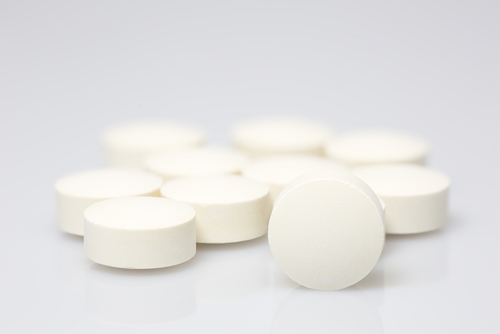More Than 40% of SLE Patients Do Not Adhere to Hydroxychloroquine Therapy, Study Reports
Written by |

More than 40% of systemic lupus erythematosus (SLE) patients do not comply with hydroxychloroquine (HCQ) therapy, even among people who have insurance coverage, low copayments, and availability of high levels of care, a study reveals.
Meanwhile, being older, white, and having more frequent rheumatology visits — suggesting higher disease severity — were all associated with increased adherence to HCQ.
The study with those findings, “Understanding Non-Adherence with Hydroxychloroquine Therapy in Systemic Lupus Erythematosus,” was published in the Journal of Rheumatology.
Adherence appears to be low in SLE patients, with only about half of patients taking at least 80% of medications as instructed.
Also used to prevent and treat malaria, HCQ is an effective lupus treatment that leads to reduced disease activity, lower use of healthcare resources, slower progression of kidney symptoms, fewer lupus flares, and an overall reduced mortality. It also is associated with a mild safety profile, making it of special interest to study adherence as a lupus medications.
A team of researchers at University of California assessed adherence to HCQ, and examined which factors may underlie the poor compliance among SLE patients. They focused on patients’ socioeconomic status, treatments, and health system related features.
The retrospective analysis included 1,956 SLE patients (90% women, average age 47 years), followed at Kaiser Permanente Northern California from 2006 to 2014. All participants filled at least two consecutive prescriptions for HCQ and had insurance coverage. The average copay for medication was less than $20 for most patients.
Adherence was calculated as the number of days of dispensed medications over the total days of follow-up. Patients who took their medication for more than 80% of the time were considered compliant.
Results showed that only 58% of patients complied with HCQ therapy. Among this group, the mean adherence rate was 96% (meaning that they took their medications for 96% of the time on average), compared to 51% for non-adherent patients.
Socioeconomic measures, including household income, poverty level, unemployment and education, were not significantly different between adherent and non-adherent participants. However, age, race and the number of rheumatology visits were all associated with adherence.
Patients aged 65 to 89 were more likely to adhere to treatment than patients younger than 39. Likewise, white SLE patients were associated with higher adherence compared to non-whites, as were those with three or more visits to the rheumatologist in the previous year compared with patients who made up to one such visit.
“Differences in adherence by race/ethnicity suggest the possibility of using tailored interventions to increase adherence,” the team wrote.
Worse kidney function, additional conditions, increased hospitalization, and use of corticosteroids such as prednisone also were not associated with adherence. But use of the immunosuppressive medication CellCept (mycophenolate mofetil, by Genentech) reduced hydroxychloroquine compliance, though not with statistical significance.
“Medication adherence is a major public health problem in the management of SLE and other chronic illnesses and is thought to cost the United States healthcare system an excess of $100–300 billion a year,” the researchers noted.
This burden calls for additional research “to better understand the role of patient beliefs and attitudes, the patient-physician relationship and communication, and health literacy,” they said.




